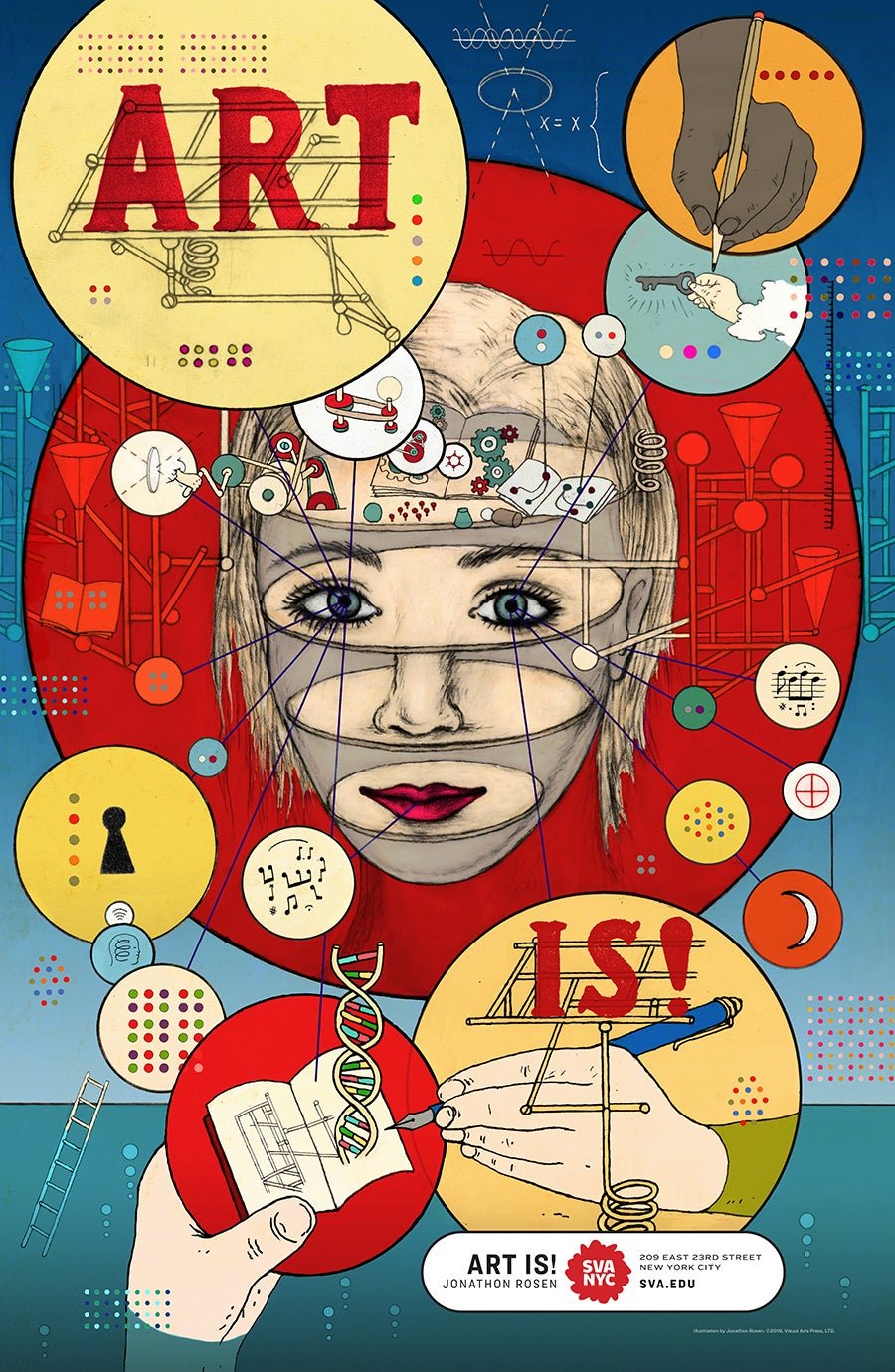The New York subway is a gallery for a great poster-art series
It’s fitting that Poster House, the US’s only museum exclusively dedicated to poster art, was established in New York City. The ever-changing layers of printed messages have long been an essential element of New York’s gritty allure. The subway system, in particular, has served as an ad hoc gallery of great poster art for decades.
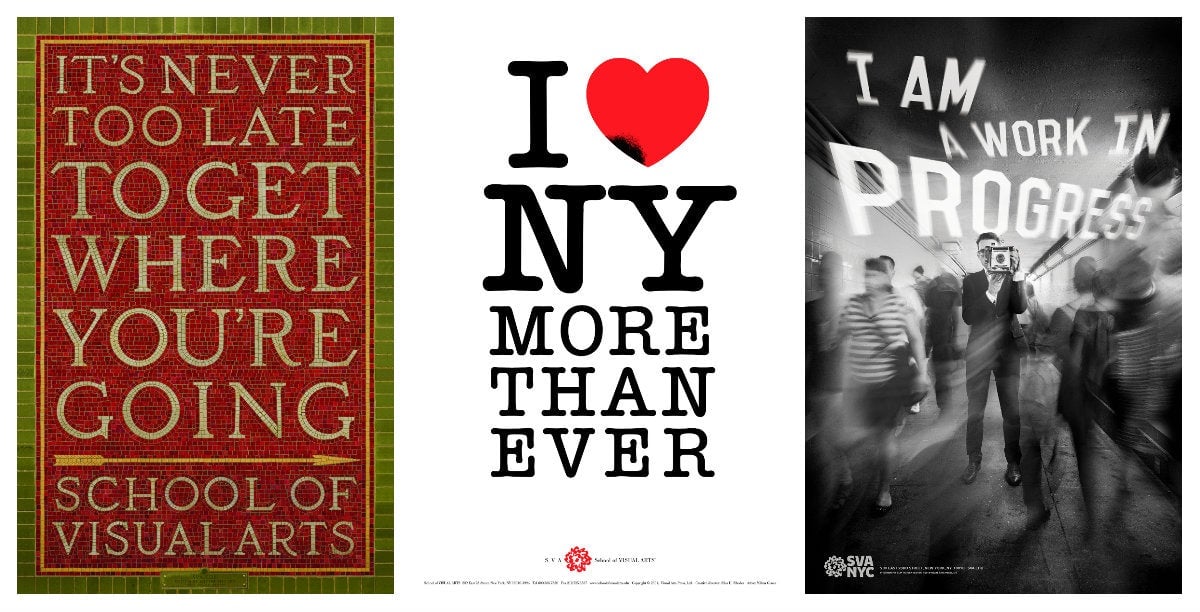

It’s fitting that Poster House, the US’s only museum exclusively dedicated to poster art, was established in New York City. The ever-changing layers of printed messages have long been an essential element of New York’s gritty allure. The subway system, in particular, has served as an ad hoc gallery of great poster art for decades.
One long-running poster series sponsored by the School of Visual Arts features some of the world’s most sought-after designers and illustrators, including Robert Weaver, Milton Glaser, Paula Scher, Bob Gill and Louise Fili. Inspired by the lively street scene of Paris, SVA founder Silas Rhodes had the idea of using posters as a way to recruit students, starting in the 1950s. A counterpoint to the product advertising and Broadway-show promotions that blanketed the subways at that time, SVA’s series dared weary commuters to nurture their creative inclinations. “At 35, Gaugin worked at a bank. It’s never too late,” read a 1968 poster by Gene Case. Or “It’s never too late to get where you’re going,” reads a 2011 poster by Fili.
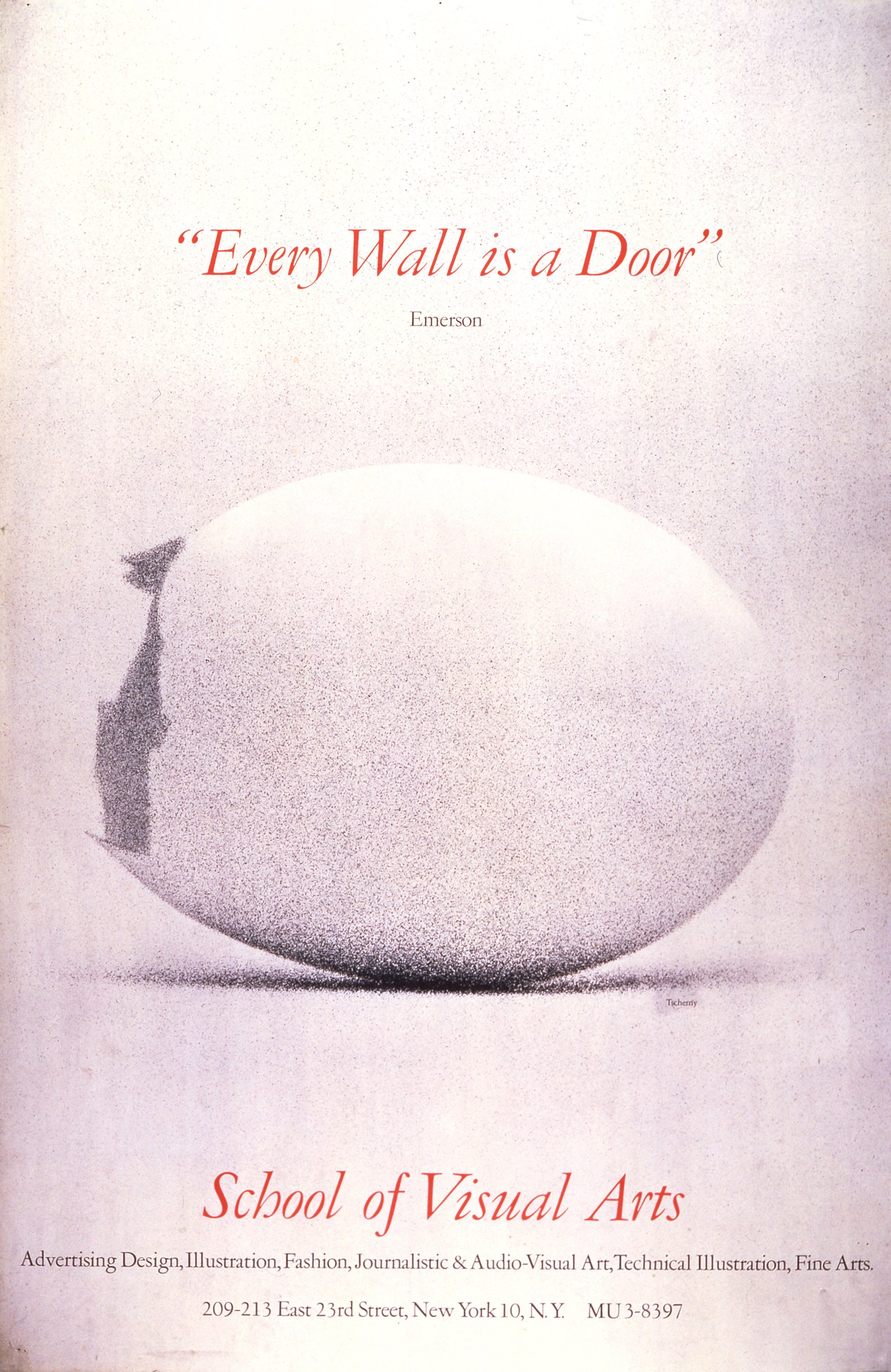
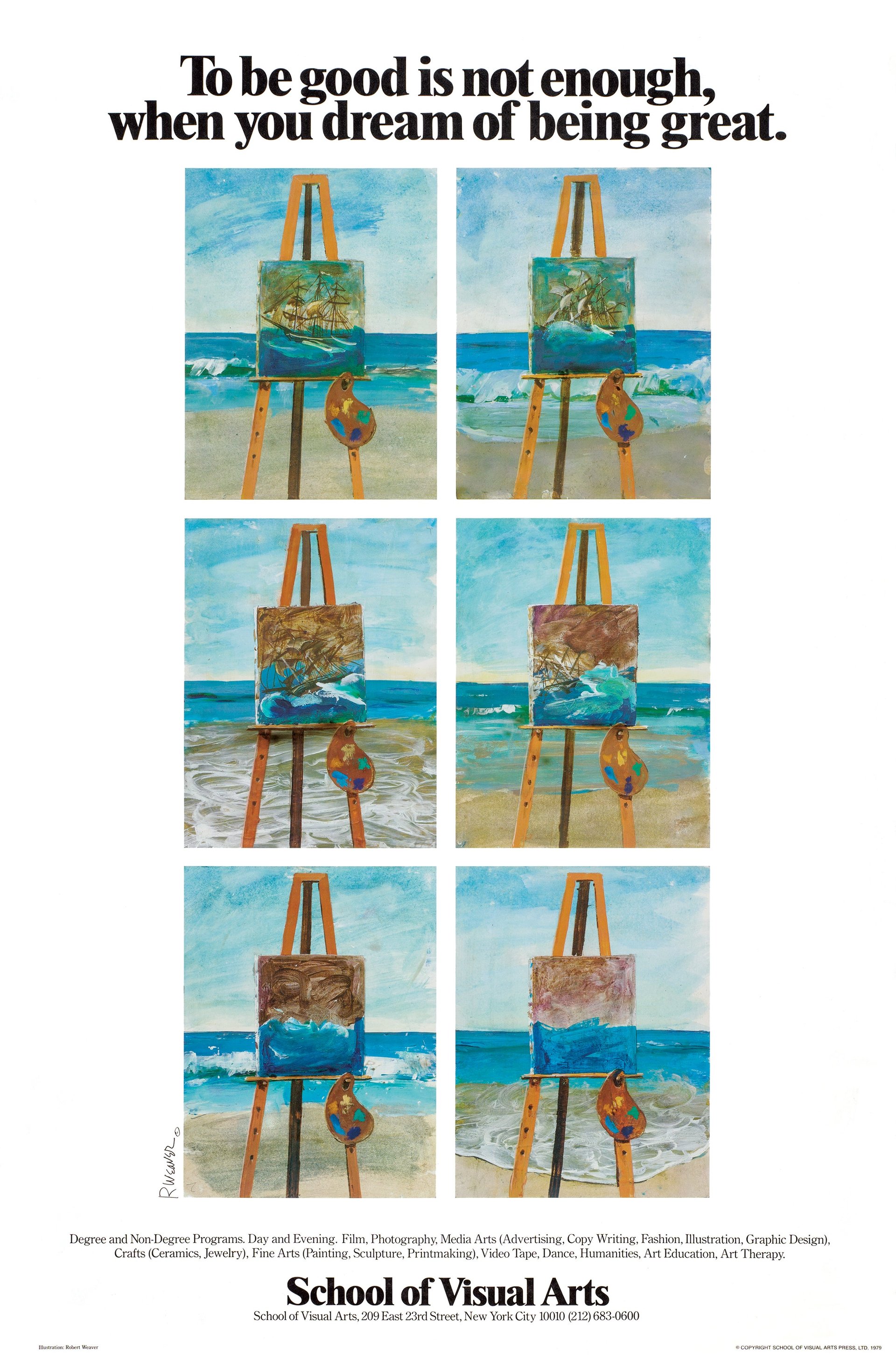
“Subway posters have a big advantage over posters on a highway, in that you have a captive audience,” says 94-year old George Tscherny who designed SVA’s very first subway poster in 1955. “People who are waiting for the train will read anything,” he explains.
Every poster also serves an important public showcase for the faculty member chosen to design it. “It’s sort of a dream assignment,” explains Gail Anderson, creative director of SVA’s design studio. “Their work becomes part of the urban landscape, and that’s a pretty amazing and rewarding experience,” says Anderson, who herself has been tapped to design the poster three times.
Being selected for the series can catapult a designer’s career: Tscherny was hired by airplane manufacturer United Aircraft after seeing his work on the subway. “The job came with a fee that was the biggest fee that, at the time, a young fledging design office had gotten. I promptly got rid of my Studebaker and bought a Jaguar,” he says in a video produced by SVA in 2017.
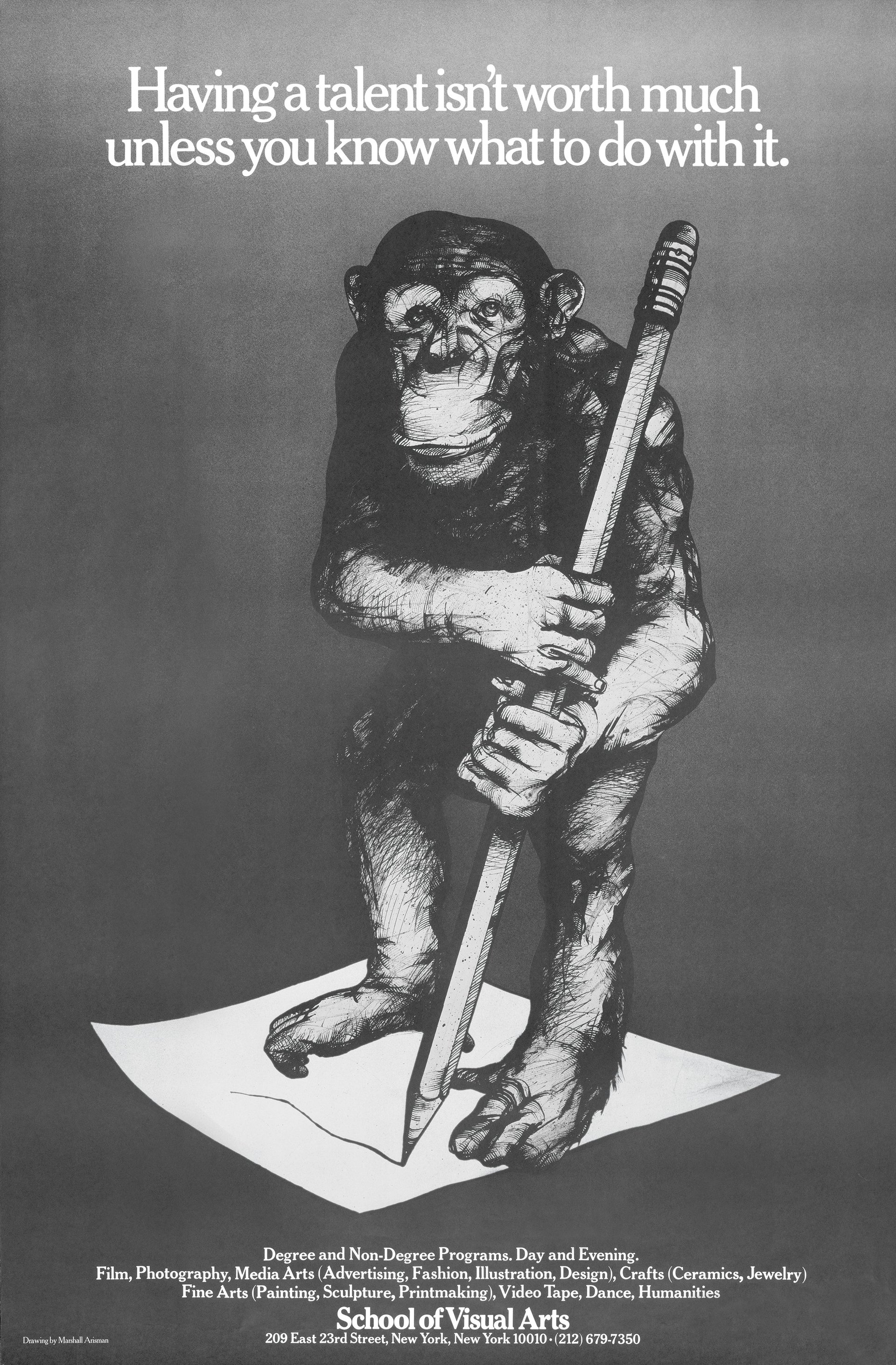
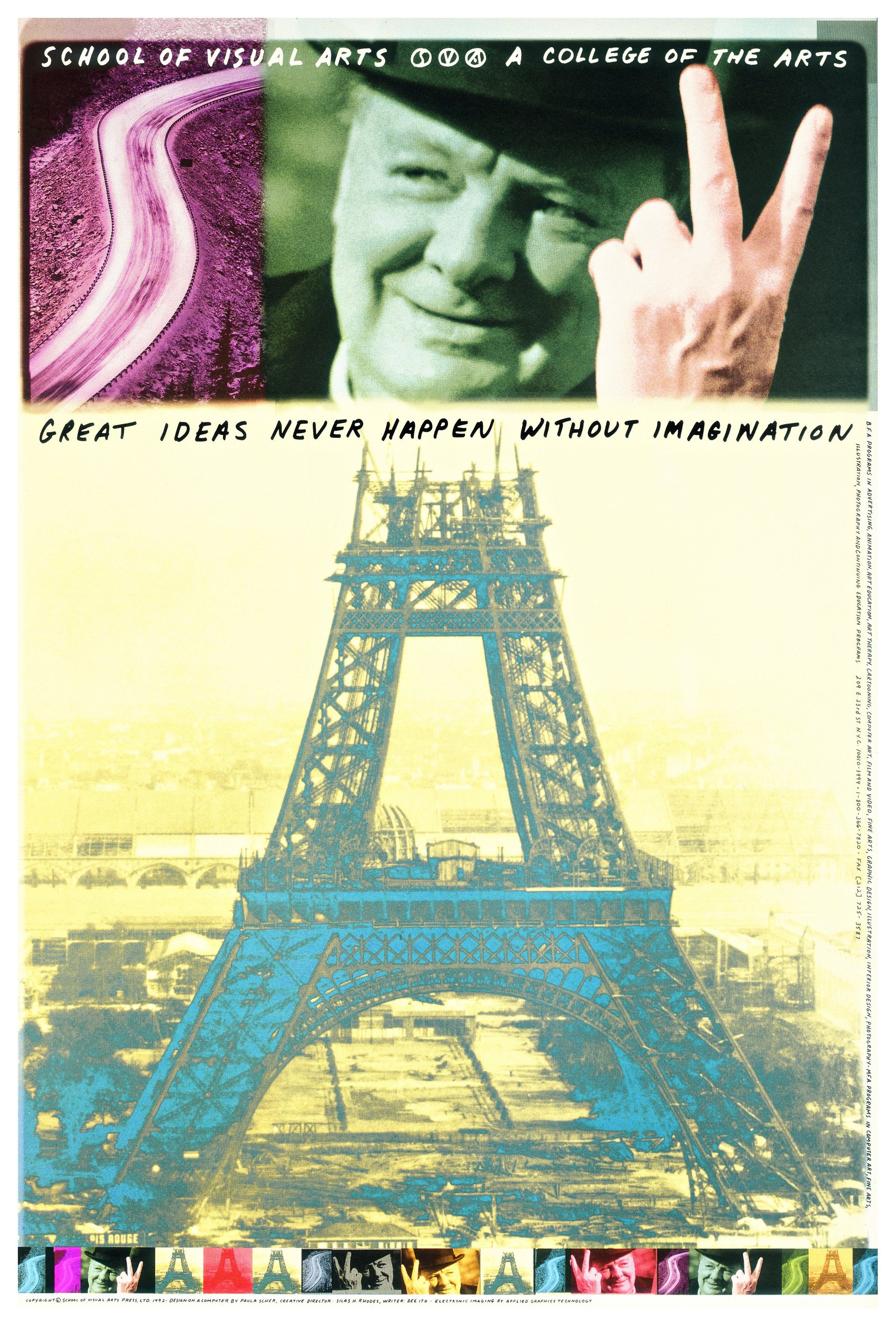
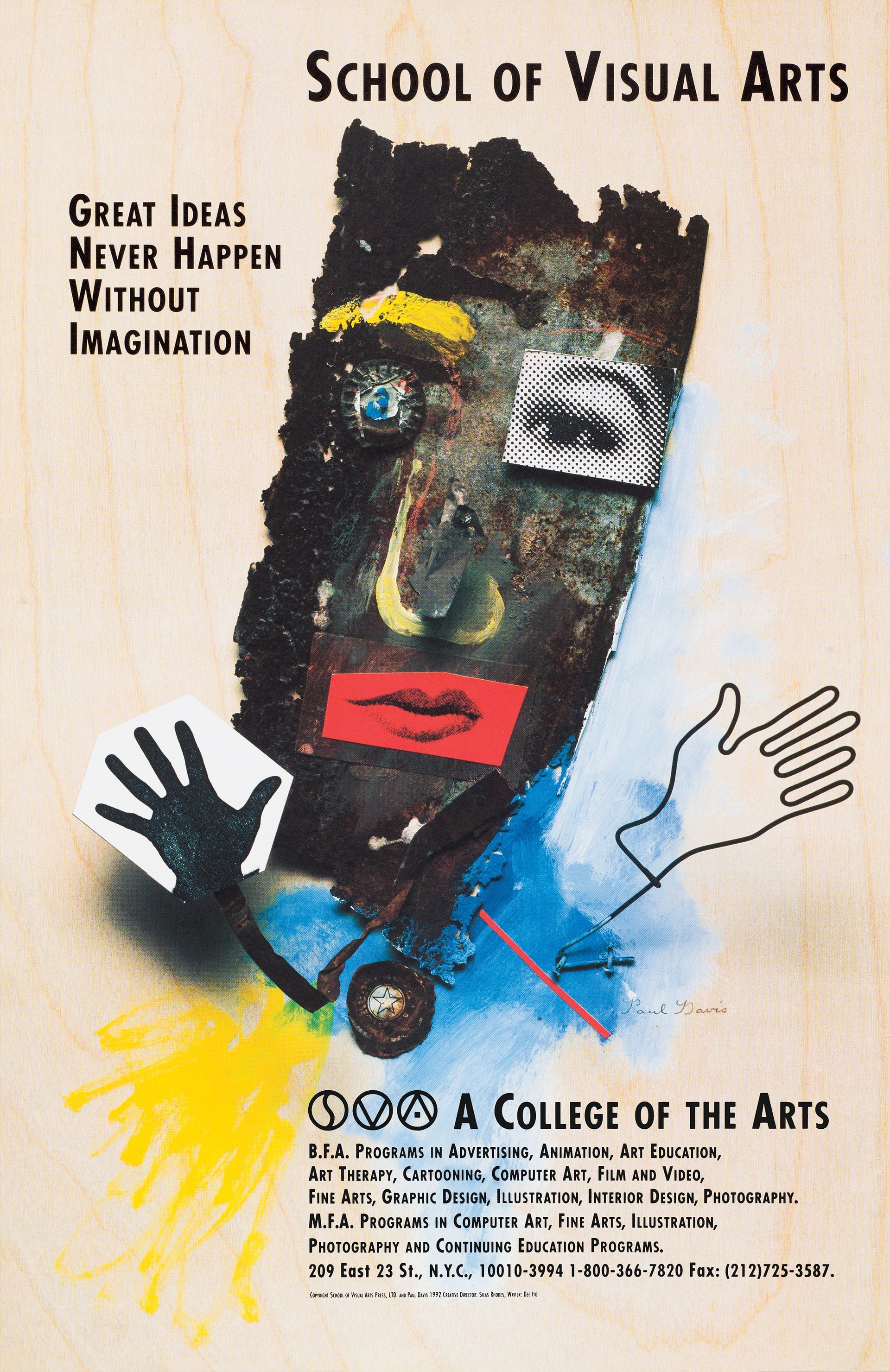
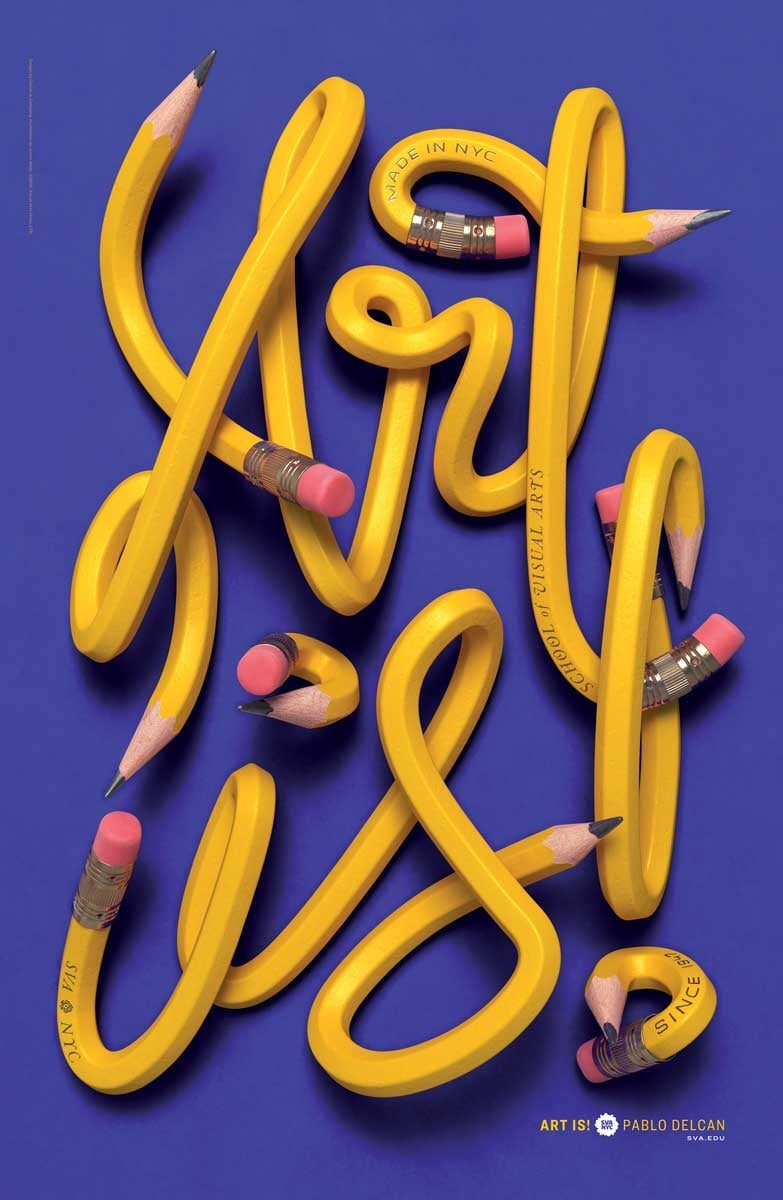
At times, SVA’s subway posters contain a social message. Glaser’s “I ❤ NY More Than Ever ” for instance, coalesced New Yorkers around their mourning after the Sept. 11 attacks. His latest, “To Dream is Human,” is a rebuttal against Donald Trump’s denial of a path to citizenship for “the dreamers” who came to the US as the children of undocumented immigrants.
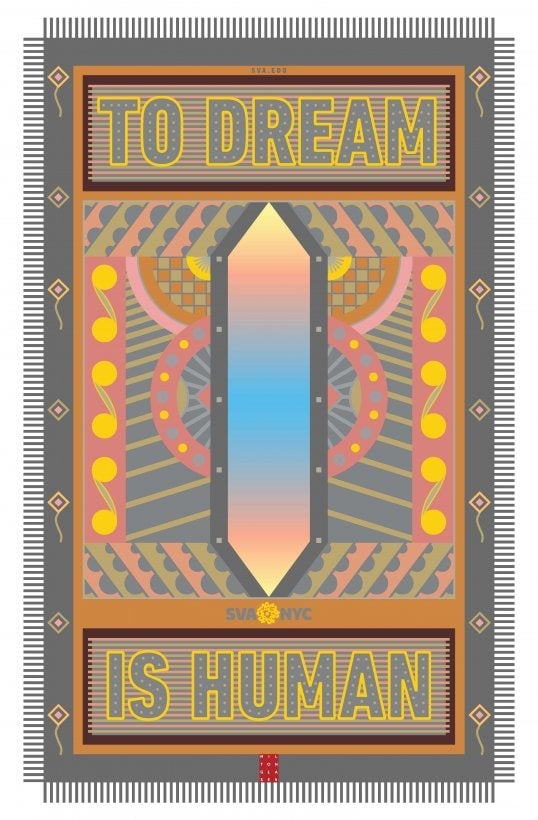
Three times a year, SVA produced 830 posters of its latest design for about 250 stations throughout New York’s five boroughs. The school believes that the effort and expense of printing posters remains worthwhile—even during a time when everyone on the subway seems glued to their mobile phones. “They are more important than ever,” argues Anthony Rhodes, the school’s executive vice president (and son of founder Silas), who oversees the program today. “These are lasting images, not instant images.”
